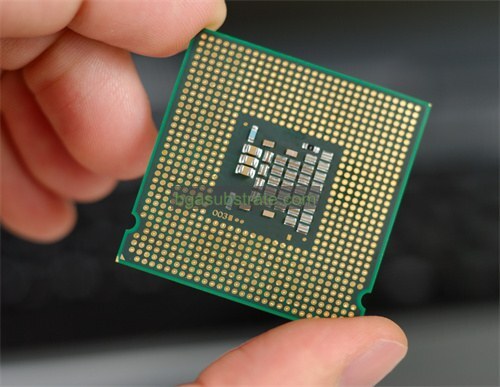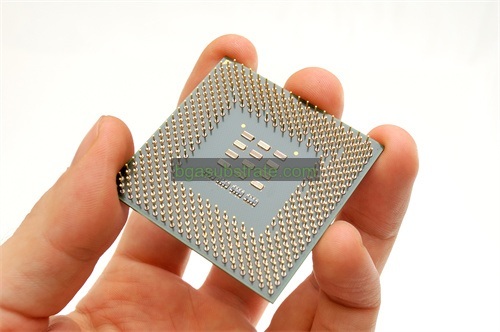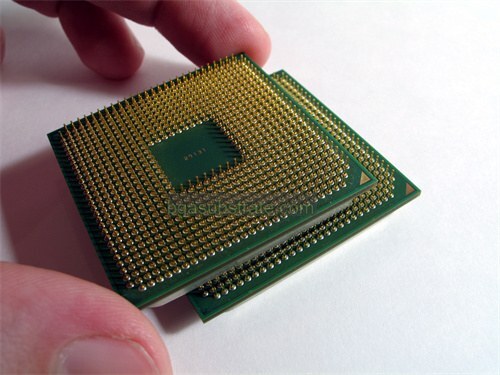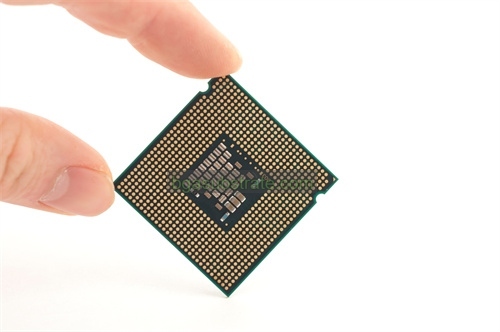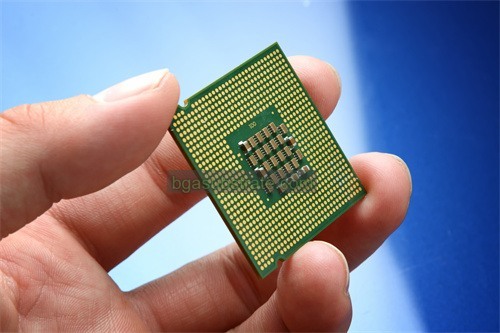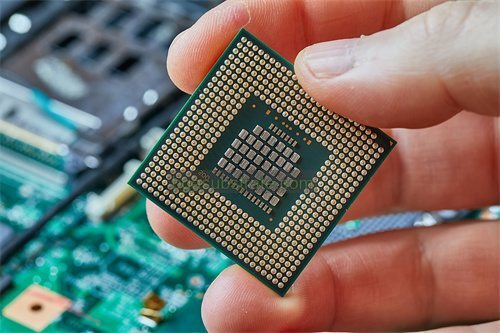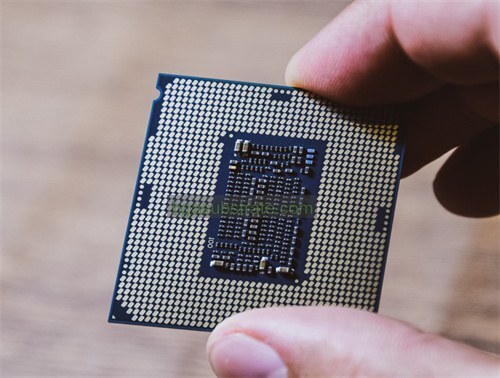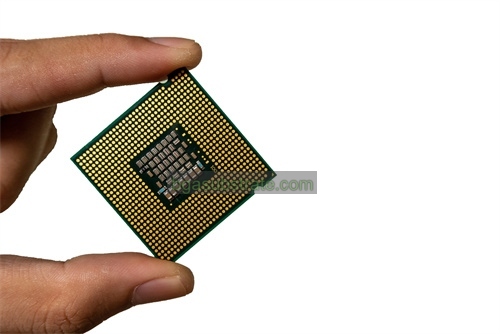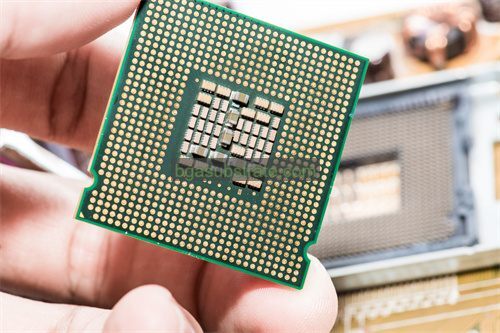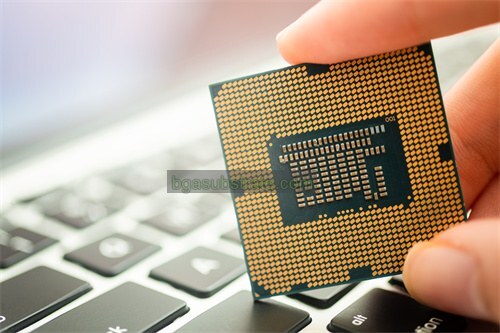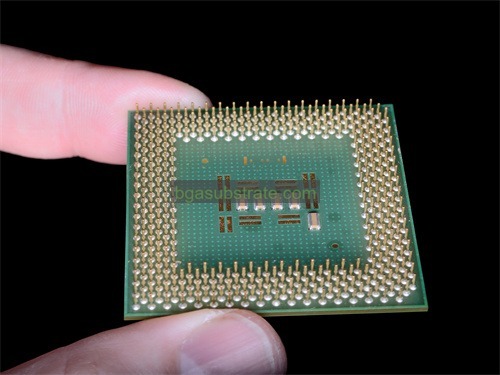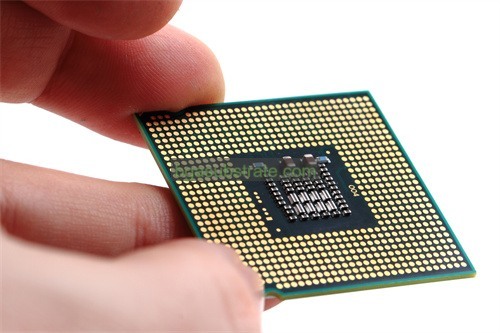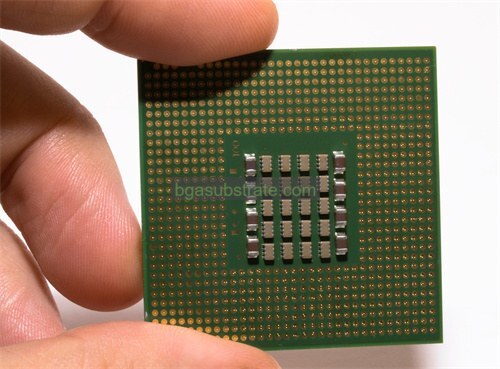로저스 RT/듀로이드® 6202 Substrate 생산자
로저스 RT/듀로이드® 6202 기판 제조업체,로저스 RT/듀로이드® 6202 Substrate is a high-performance PTFE-based composite material renowned for its excellent electrical properties and mechanical stability. It features low loss tangent and precise dielectric constant, making it ideal for high-frequency and microwave applications. This substrate supports complex circuit designs and high-speed signal transmission, crucial for RF systems, radar applications, 및 항공 우주 전자 장치. 로저스 RT/듀로이드® 6202 Substrate is widely utilized in communication networks and satellite technologies, providing reliable performance and durability in demanding environments where signal integrity and thermal management are essential.
무엇입니까 RT/duroid® 6202 Substrate?
RT/duroid® 6202 is a type of high-frequency laminate substrate manufactured by Rogers Corporation, renowned for its excellent electrical and mechanical properties suitable for RF and microwave circuit applications. This substrate features a PTFE (폴리테트라플루오로에틸렌) composite reinforced with woven fiberglass, which enhances its durability and dimensional stability, crucial for high-performance circuitry.
The key characteristics of RT/duroid® 6202 include low loss tangent (typically around 0.0012), which ensures minimal signal loss and high signal integrity, making it ideal for applications demanding high frequency and high-speed data transmission. Its dielectric constant (εr) remains stable over a wide frequency range, providing consistent performance across various RF and microwave applications.
Manufactured using advanced processing techniques, RT/duroid® 6202 offers uniform electrical properties throughout the substrate, enabling precise impedance control and reliable performance in complex circuit designs. Its robust mechanical properties support ease of fabrication, such as drilling, routing, and machining, which are essential for customizing circuit layouts to meet specific design requirements.
Engineers and designers often choose RT/duroid® 6202 for applications like radar systems, 위성 통신, automotive radar sensors, and other wireless communication devices where reliability, consistency, and high-frequency performance are critical. Its reputation stems from Rogers Corporation’s commitment to quality and innovation, ensuring that RT/duroid® 6202 remains a preferred choice in the RF and microwave industry.
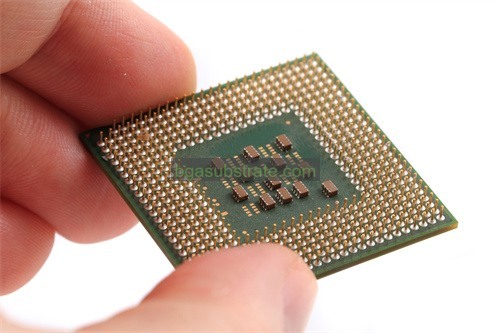
로저스 RT/듀로이드® 6202 기판 제조업체
무엇입니까 로저스 RT/듀로이드® 6202 Substrate 디자인 지침?
에 대한 디자인 지침 로저스 RT/듀로이드® 6202 기판 focus on maximizing the performance of high-frequency circuits while ensuring ease of manufacturing and reliability. Here are some key aspects typically covered in RT/duroid® 6202 design guidelines:
- Material Specifications: Understanding the specific electrical and mechanical properties of RT/duroid® 6202, such as its dielectric constant (εr), 손실 탄젠트, 열전도율, and dimensional stability, 결정적이다. These properties dictate signal integrity, 열 관리, and overall performance in RF and microwave applications.
- Stack-up Design: Establishing an appropriate layer stack-up that optimizes signal propagation, impedance matching, and thermal dissipation. This includes determining the number and order of copper and dielectric layers to achieve desired impedance levels and minimize signal loss.
- Transmission Line Design: Designing transmission lines (microstrip, stripline, coplanar waveguide) with precise dimensions and spacing to maintain consistent impedance and minimize reflections. RT/duroid® 6202’s low loss tangent helps in achieving high-frequency signal integrity across these transmission lines.
- 비아 디자인: Guidelines for via placement, size, and density to ensure minimal impedance disruption and adequate thermal management. Proper via design is critical to maintaining signal integrity and electrical performance across multilayer PCBs using RT/duroid® 6202.
- Material Handling and Fabrication: Recommendations for handling RT/duroid® 6202 during manufacturing processes to prevent damage and ensure dimensional stability. Guidelines may include temperature and humidity controls, as well as proper techniques for cutting, 드릴링, and laminating the substrate.
- 열 관리: Strategies for managing heat dissipation within the circuit design, considering RT/duroid® 6202’s thermal conductivity and its impact on component reliability and overall system performance.
- 품질 보증: Ensuring adherence to Rogers Corporation’s quality standards throughout the manufacturing process to guarantee consistent material properties and performance characteristics of RT/duroid® 6202 기판.
다음 디자인 지침을 따릅니다, engineers and designers can leverage the exceptional electrical and mechanical properties of RT/duroid® 6202 to develop high-performance RF and microwave circuits that meet stringent requirements for reliability, 신호 무결성, 및 제조 가능성.
의 장점 로저스 RT/듀로이드® 6202 Substrate
로저스 RT/듀로이드® 6202 기판 offers several advantages that make it a preferred choice for high-frequency RF and microwave applications:
- 낮은 유전 손실: RT/duroid® 6202 exhibits a low loss tangent (typically around 0.0012), which ensures minimal signal loss and excellent signal integrity at high frequencies. This property is crucial for maintaining the efficiency and reliability of RF and microwave circuits.
- Stable Electrical Performance: The substrate provides stable electrical properties over a wide frequency range, ensuring consistent performance in demanding applications. This stability is essential for maintaining impedance control and minimizing variations in circuit performance.
- High Mechanical Strength: RT/duroid® 6202 is reinforced with woven fiberglass, enhancing its mechanical strength and dimensional stability. This makes it suitable for applications requiring durability and reliability in harsh operating environments.
- Ease of Fabrication: The substrate is designed for ease of fabrication, including machining, 드릴링, and forming processes. This facilitates efficient production of complex circuit designs while maintaining tight tolerances and high precision.
- 열 안정성: It exhibits good thermal conductivity and stability, aiding in effective heat dissipation from components within the circuit. This property contributes to improved reliability and longevity of electronic devices operating at high power levels.
- Broad Application Range: RT/duroid® 6202 is widely used in various industries such as aerospace, 방어, 통신, and automotive radar systems. Its versatility and performance make it suitable for applications requiring high-frequency performance and stringent reliability standards.
- Quality and Consistency: Manufactured by Rogers Corporation, RT/duroid® 6202 adheres to rigorous quality standards, ensuring consistent material properties and reliable performance batch after batch.
전반적, 로저스 RT/듀로이드® 6202 substrate’s combination of low dielectric loss, stable electrical performance, 기계적 견고성, and ease of fabrication makes it a preferred choice for engineers and designers developing high-performance RF and microwave circuits where reliability and performance are critical.
무엇입니까 로저스 RT/듀로이드® 6202 Substrate 제작 과정?
The fabrication process for Rogers RT/duroid® 6202 substrate involves several key steps to ensure the material achieves its desired electrical and mechanical properties suitable for high-frequency RF and microwave applications:
- Preparation of Base Materials:RT/duroid® 6202 substrate starts with a base material composed of PTFE (폴리테트라플루오로에틸렌) reinforced with woven fiberglass. These materials are carefully selected and prepared to meet specific dielectric constant (εr), 손실 탄젠트, and mechanical strength requirements.
- 박판:The prepared base materials undergo lamination, where multiple layers of PTFE and fiberglass are bonded together under controlled temperature and pressure. This process ensures uniform distribution of the fiberglass reinforcement and PTFE resin, critical for achieving consistent electrical and mechanical properties across the substrate.
- 치료:적층 후, the substrate undergoes a curing process where it is exposed to elevated temperatures. Curing helps the resin matrix in the PTFE material to fully cross-link and bond with the fiberglass reinforcement, enhancing the substrate’s mechanical strength and dimensional stability.
- Surface Preparation:일단 치료되면, the substrate surfaces are prepared for subsequent processing steps such as copper cladding. Surface preparation may involve cleaning to remove any contaminants and ensuring optimal adhesion properties for copper layers.
- Copper Cladding:Copper foil layers are bonded to the surfaces of the RT/duroid® 6202 substrate using an adhesive or through a lamination process. The copper foils are typically etched to create circuit patterns and features according to the design specifications for RF and microwave circuits.
- 에칭:The copper layers undergo etching to remove unwanted copper and define the desired circuit traces, 패드, and features. Precision etching is critical to maintaining accurate impedance control and signal integrity across the substrate.
- Drilling and Machining:Holes for vias and component mounting are drilled into the substrate using specialized equipment. Precision drilling ensures alignment and dimensional accuracy required for high-frequency circuits. Machining processes may also be employed to create complex shapes or features on the substrate.
- 표면 마감:After drilling and machining, the substrate’s surface may undergo surface finish treatments such as solder mask application and surface coating to protect copper traces and enhance solderability.
- 품질 관리:제작 공정 전반에 걸쳐, rigorous quality control measures are implemented to verify material properties, dimensional tolerances, and adherence to design specifications. Testing may include electrical testing for impedance matching and signal integrity, mechanical testing for strength and durability, and visual inspection for defects.
By following these fabrication steps with precision and adherence to Rogers Corporation’s standards, RT/duroid® 6202 substrates are manufactured to deliver reliable performance in high-frequency applications where low loss, stable electrical characteristics, and mechanical robustness are essential.
세라믹의 적용 로저스 RT/듀로이드® 6202 Substrate
로저스 RT/듀로이드® 6202 기판, despite its name suggesting a ceramic-like quality, is actually a high-frequency laminate material primarily composed of PTFE (폴리테트라플루오로에틸렌) reinforced with woven fiberglass. It is used extensively in RF (무선 주파수) and microwave applications where stringent electrical performance and reliability are crucial. Here are some common applications of RT/duroid® 6202 기판:
- 항공우주 및 방위 산업: RT/duroid® 6202 is widely used in aerospace and defense applications for radar systems, 통신 시스템, radar cross-section (RCS) measurement systems, and electronic warfare (EW) 시스템. Its low dielectric loss and stable electrical performance make it suitable for high-frequency applications in harsh environments.
- 통신: In telecommunications, RT/duroid® 6202 is used in base station antennas, satellite communications systems, and high-speed data transmission equipment. Its ability to maintain signal integrity at high frequencies supports reliable communication networks.
- 오토모티브 레이더: RT/duroid® 6202 is employed in automotive radar systems for collision detection, 어댑티브 크루즈 컨트롤, and autonomous driving technologies. Its low loss tangent ensures accurate signal propagation and detection in radar sensors.
- 의료 기기: It finds application in medical devices such as MRI machines and diagnostic equipment where high-frequency signals and precision are required for medical imaging and diagnostics.
- Test and Measurement Equipment: RT/duroid® 6202 substrates are used in test and measurement equipment, including network analyzers and spectrum analyzers, where precise signal analysis and measurement are essential.
- Industrial Applications: Industrial applications include radar sensors for industrial automation, wireless sensors, and high-frequency electronics used in manufacturing and process control systems.
- 소비자 가전제품:Although less common, RT/duroid® 6202 may also be used in consumer electronics where high-frequency performance is required, such as in high-speed data transfer applications or specialized antennas.
전반적, RT/duroid® 6202 substrate’s combination of low loss, stable electrical properties, and mechanical durability makes it an ideal choice for applications demanding high-frequency performance, 신뢰도, and consistency across various industries. Its use extends to any application where maintaining signal integrity and performance under challenging conditions is paramount.
에 대한 FAQ 로저스 RT/듀로이드® 6202 Substrate
What is RT/duroid® 6202 substrate made of?
RT/duroid® 6202 substrate is primarily composed of PTFE (폴리테트라플루오로에틸렌) reinforced with woven fiberglass. This composition provides it with low dielectric loss, stable electrical properties, and mechanical strength suitable for high-frequency RF and microwave applications.
What are the key electrical properties of RT/duroid® 6202 기판?
RT/duroid® 6202 substrate typically has a low loss tangent (주위에 0.0012), which ensures minimal signal loss and excellent signal integrity at high frequencies. It also exhibits a stable dielectric constant (εr) over a wide frequency range, critical for maintaining consistent impedance and performance in RF circuits.
What are the typical applications of RT/duroid® 6202 기판?
RT/duroid® 6202 substrate is used in a variety of applications including aerospace and defense (레이더 시스템, 통신 시스템), 오토모티브 레이더 (collision detection, 어댑티브 크루즈 컨트롤), 통신 (base station antennas, 위성통신), 의료 기기 (MRI machines, 진단 장비), 및 산업 응용 분야 (radar sensors, test and measurement equipment).
How does RT/duroid® 6202 substrate compare to other materials for RF applications?
Compared to other materials, RT/duroid® 6202 offers superior electrical performance with low loss tangent and stable dielectric constant, making it suitable for high-frequency applications where signal integrity and reliability are critical. Its mechanical strength and dimensional stability also contribute to its popularity in demanding environments.
What fabrication processes are involved in manufacturing RT/duroid® 6202 기판?
The fabrication process includes preparing base materials, lamination to bond PTFE and fiberglass layers, curing to enhance mechanical properties, surface preparation for copper cladding, copper etching to define circuit patterns, drilling and machining for vias and component mounting, and quality control measures to ensure material and dimensional consistency.
Where can I buy RT/duroid® 6202 기판?
RT/duroid® 6202 substrate is available through authorized distributors of Rogers Corporation. It’s important to purchase from reputable suppliers to ensure product quality and consistency.
What are the advantages of using RT/duroid® 6202 기판?
The advantages include low dielectric loss, 넓은 주파수 범위에서 안정적인 전기적 특성, high mechanical strength, ease of fabrication, and suitability for diverse high-frequency applications in aerospace, 방어, 통신, 자동차, medical, 및 산업 부문.
 귀하의 웹 사이트 이름
귀하의 웹 사이트 이름


